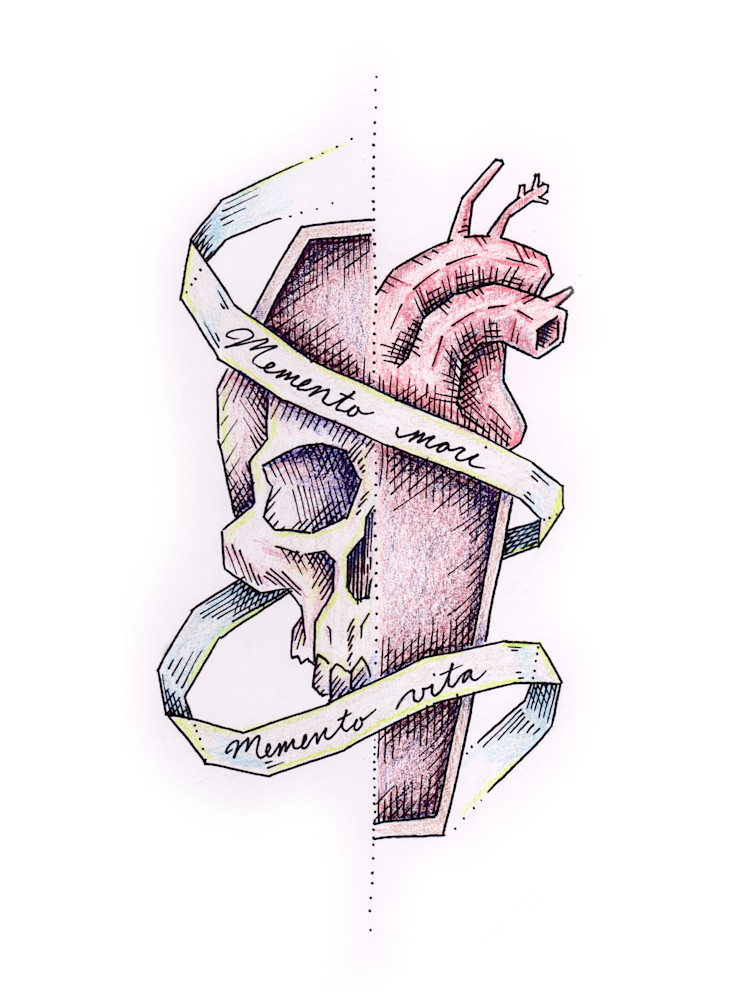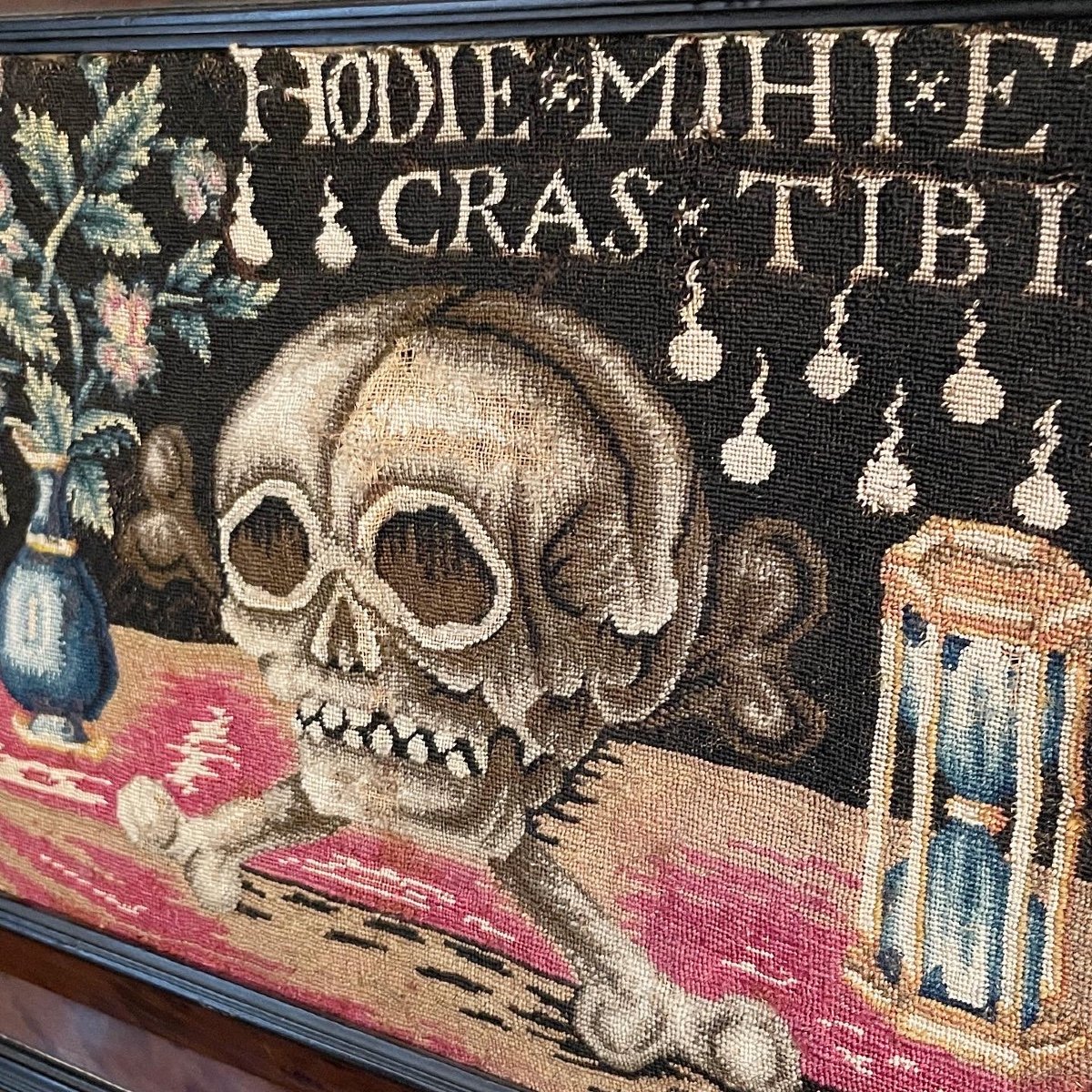

Scheuchzer, 1731-33 Memento Mori image via Wikipedia commons Classic Painted Memento Mori Works Memento Mori still life with musical instruments, books, sheet music, skeleton, skull and armor, c.1650 oil on canvas by Carstian Luyckx. Wellcome Images A skeleton Crayon 1779 By: Jacques Gamelinĭark Art & Craft print based on 15th century Master IAM of Zwolle Memento Mori Courtesy of the Metropolitan Museum of Art, New York. Titelprent met een schedel en een zandloper Memento Mori, 1626 image via wikipedia commonsĪ skeleton, seated on his grave, awakes to the last trumpet on judgement day.

Image via Wikipedia commons from the 1 st century BC an early example of a Memento Mori theme Naples National Archaeological Museum Memento Mori (verso) Andrea Previtali (–1528) image via wikipedia commons PD-Art photographsĪ beautiful Roman skull mosaic representing the Wheel of Fortune. During the Sixteenth and Seventeenth centuries when organized religion and the afterlife filled the minds of European Artists Memento Mori paintings became elaborate and filled with the pleasures' of life or Vanitas. Symbolically wine, musical instruments, skulls, flowers and hourglasses become reminders of the vanity and brevity of life. During years of war, political unrest, famine and strife depictions of loss and morbid topics are commonplace resulting in a vast collection of death focused paintings and creations. 1671 vanitas painting oil on panel. Image via Public domain via WikipediaĪrtists have captured death's looming specter throughout history - Creating the skulls, skeletons and macabre symbols that have become Memento Mori or when translated "remember that you will die".
#Art memento mori series#
Many years later I went on to wear the piece at the first of an ongoing series of all-black banquets held every two years and entitled 'Dine with Death.Artist Philippe de Champaigne, Still-Life with a Skull, c. It is formed from rotting Victorian jet, skulls, and a pair of huge talons.

It is an all-black feast featuring 'Turtle soup, Russian rye bread, ripe olives from Turkey, caviare, mullet botargo, black puddings from Frankfurt, game served in sauces the colour of liquorice and boot-polish, truffle jellies, chocolate creams, plum-puddings and black heart cherries.' I imagined myself a guest at the feast and created the necklace as a suitable adornment. In the novel there is a description of an extravagant dinner that the hero holds to mourn the temporary loss of his virility. "The 'Memento Mori' necklace was inspired by À Rebours. Each one is inscribed by hand, not with the clinical nomenculture of the collecter/amateur but with the subjective introspection of the romantic.

The pronounced Gothic aspect of his work is underscored by the carefully crafted boxes in which his pieces are presented. Unlike Damien Hirst's laboratory-like presentation of antiseptic carcasses, Costin's pieces have a fetishistic and totemic allusiveness. His use of taxidermy, seemingly retrieved from some obsessional collector's cabinet, and his incorporation of materials evocative of the late Victorian cult of mourning are poised between poetic morbidity and necromantic glamour. Simon Costin's work reflects his interest in decadent literature of the late nineteenth century.


 0 kommentar(er)
0 kommentar(er)
